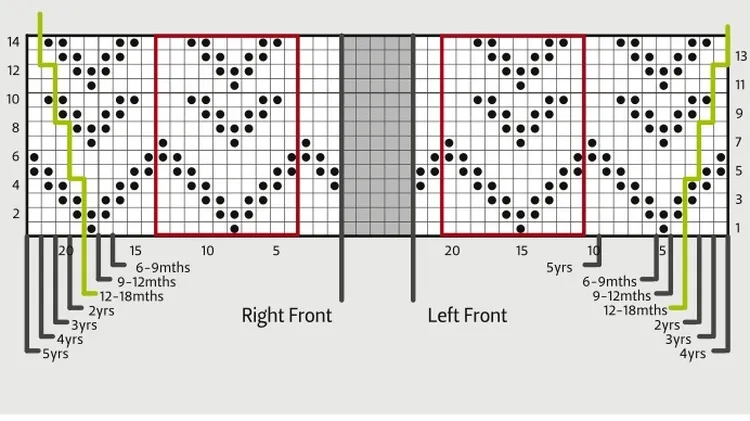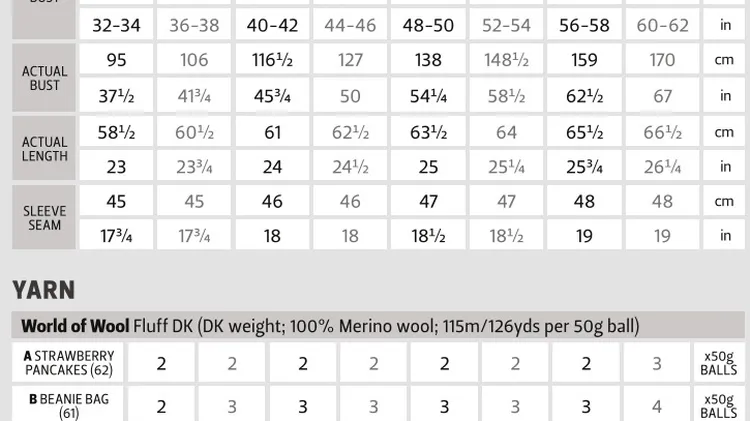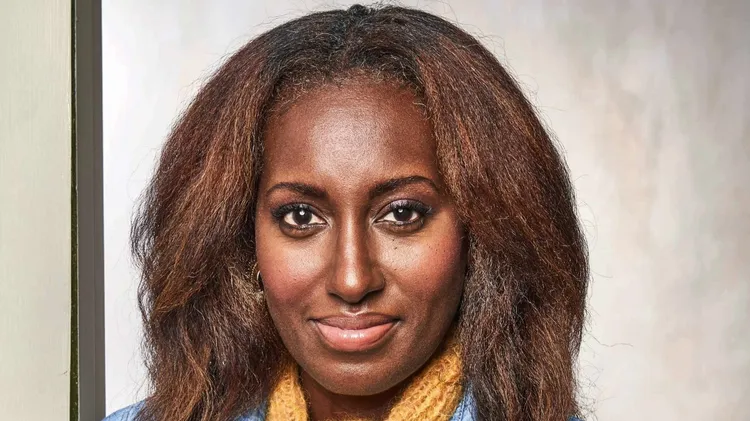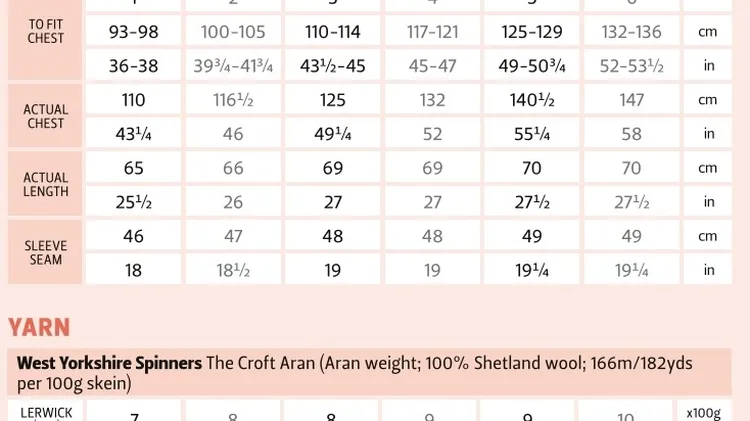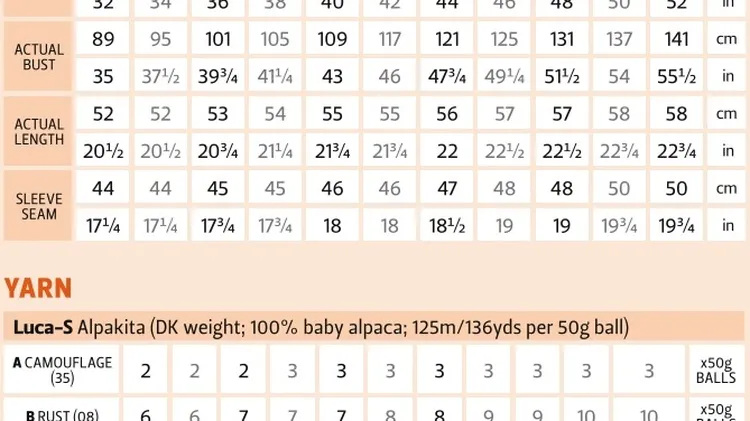This top has a contemporary shape and a beautiful lace and cable stitch
Tywardreath
10 min read
This article is from...
Read this article and 8000+ more magazines and newspapers on Readly

